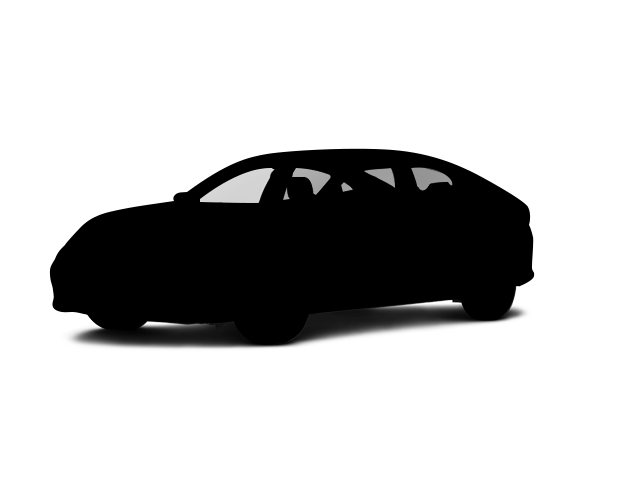The Flying Spur has standard whiplash protection, which use a specially designed headrest to protect the driver and front passenger from whiplash. During a rear-end collision, the whiplash protection system moves the headrests forward to prevent neck and spine injuries. The A8 doesn’t offer a whiplash protection system.
Over 200 people are killed each year when backed over by motor vehicles. The Flying Spur has standard Maneuver Assist that uses rear sensors to monitor for objects to the rear and automatically applies the brakes to prevent a collision. The A8 doesn’t offer automatic braking for stationary objects directly to the rear.
An active infrared night vision system optional on the Flying Spur helps the driver to more easily detect people, animals or other objects in front of the vehicle at night. Using an infrared camera and near-infrared lights to detect heat, the system then projects the image on the windshield, near the driver’s line of sight. The A8 doesn’t offer a night vision system.
The Flying Spur has a standard blind spot warning system that uses sensors to alert the driver to objects in the vehicle’s blind spots where the side view mirrors don’t reveal them. A system to reveal vehicles in the A8’s blind spot costs extra.
To help make backing out of a parking space safer, the Flying Spur has standard Reversing Traffic Warning and automatically engage the brakes. Audi charges extra for Rear Cross-Traffic Assist on the A8.
Both the Flying Spur and the A8 have standard driver and passenger frontal airbags, front and rear side-impact airbags, driver and front passenger knee airbags, side-impact head airbags, front and rear seatbelt pretensioners, height adjustable front shoulder belts, four-wheel antilock brakes, all wheel drive, traction control, electronic stability systems to prevent skidding, crash mitigating brakes, post-collision automatic braking systems, daytime running lights, lane departure warning systems and around view monitors.
The Bentley Flying Spur weighs 1071 pounds more than the Audi A8. The NHTSA advises that heavier cars are much safer in collisions than their significantly lighter counterparts.


